Introduction
Cinema is more than entertainment, it’s an emotional symphony that grips the soul, stirs the heart, and leaves a mark long after the screen fades to black or the popcorn runs out. It’s Joy that makes us laugh, Fear that keeps us on edge, and Sadness that moves us to tears. But why do certain films resonate so deeply? How do they manage to make us feel as though they were crafted just for us? This emotional power is no accident, it’s the result of a masterful design. Behind every unforgettable moment lies a deliberate strategy, where the film industry transforms emotions into tools to shape genres, guide storytelling, and create experiences that resonate strongly with audience expectations.
This leads us to an essential question: how does the big screen industry leverage emotions to shape the cinematic landscape and redefine the audience experience?
To crack this mystery, we’re heading straight into the Emotion Lab. And guess what? We’ve got the best experts on the job. Who better to call on than the ultimate dream team : Joy, Sadness, Fear, Anger, Disgust, and, of course, the mADAjestic Surprise. These Inside Out insiders are ready to lead the charge, running experiments, designing emotional blueprints, and uncovering how cinema pulls the strings of our hearts. So grab your popcorn (and maybe a tissue), and let’s see how emotions turn the magic of the silver screen into something unique.
Our experts
Let’s dive deeper into our brain
What resources do we have at our disposal?
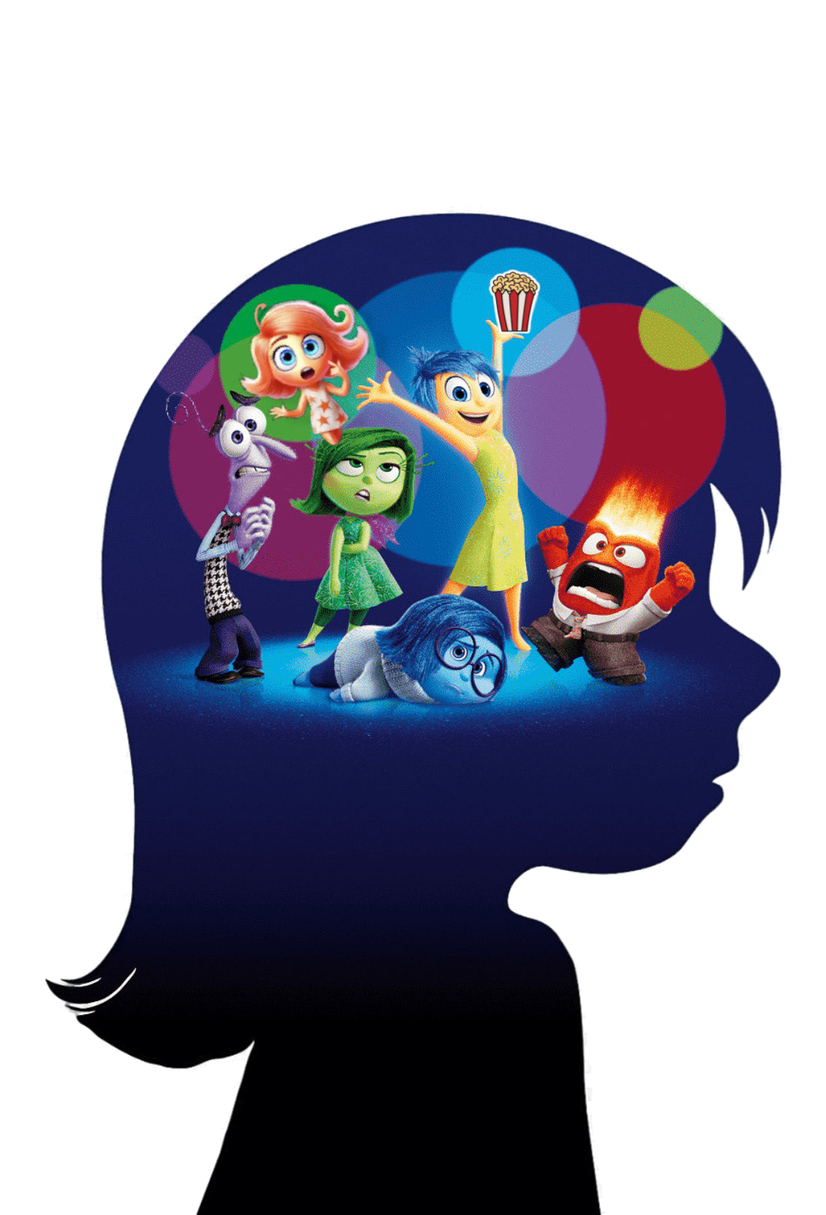
The foundation of our analysis is the CMU Movies dataset, which provides valuable information, including countries, genres, release years, and actors.
Additionally, we enriched the dataset by obtaining :
- IMDb ratings from IMDb's official website
- IMDb reviews from IMDb’s official website
- Release year from Wikidata
- Release month from Wikidata
The processed final dataset comprises 11,564 movies and a total of 449,824 reviews ensuring a comprehensive and robust basis for analysis.
Naturally, the most important aspect of our dataset is the emotional part. The model we use for the emotion calculations is the Emotion English DistilRoberta model from HuggingFace. It extracts the following emotions : anger, disgust, fear, joy, neutral, sadness, and surprise from a text input.
We could not have conducted our experiments without the help of some remarkable mathematical tools! Techniques such as Pearson Correlation, Spearman Correlation, Principal Component Analysis (PCA), and K-Means Clustering played a crucial role in shaping our analyses. Click on our memory orbs:
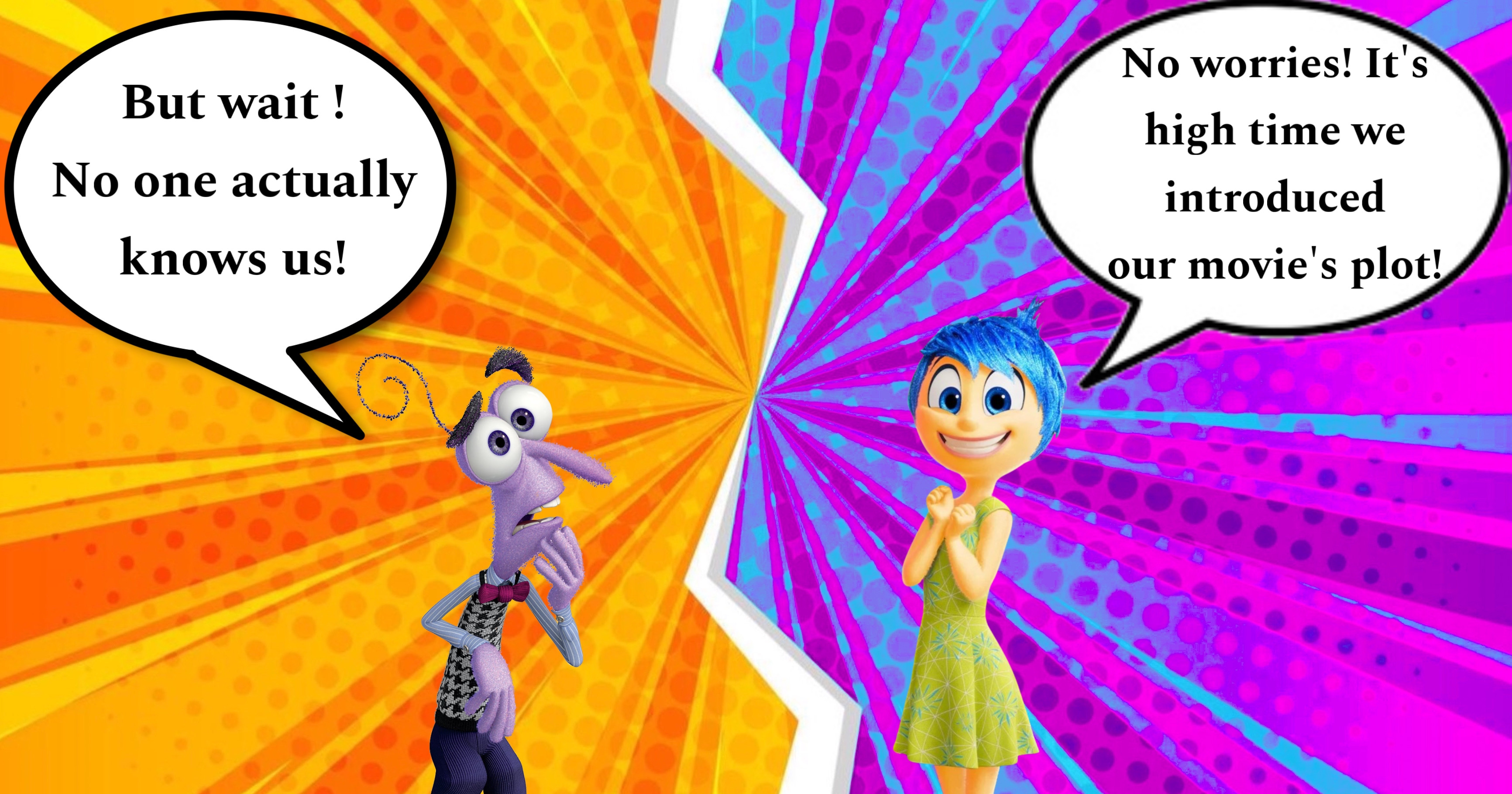
What is our DistilRoberta model capable of?
The text below is the Inside Out movie plot. Each sentence is highlighted in the color of the emotion that has been classified with the highest score by our model. The sentences that are assigned no color have been classified as neutral, which means that it doesn’t have a predominant emotion.
In the mind of a young girl named Riley Andersen are five personified emotions that influence her actions: Joy, Sadness, Fear, Disgust, and Anger. Riley's experiences become memories that are stored as colored orbs and are sent into long-term memory each night. The aspects of the five most important 'core memories' within her personality take the form of five floating islands. Joy acts as the leader and tries to limit Sadness's influence, perceiving her as an unnecessary burden for Riley. At age 11, Riley moves from Minnesota to San Francisco for her father's new job. On Riley's first day at her new school, Sadness retroactively saddens joyous memories, causing Riley to cry in front of her class. This creates Riley's first sad core memory. Joy tries to dispose of the memory using a pneumatic tube but knocks loose the other core memories during a struggle with Sadness, disabling the personality islands. Joy, Sadness, and the core memories are sucked out of Headquarters. In the absence of Joy and Sadness, Anger, Fear, and Disgust try to make happy core memories, but the results are disastrous, distancing Riley from her parents, peers, and hobbies. Without the core memories, Anger causes Riley's personality islands to crumble and fall into the 'Memory Dump', where things fade to non-existence as they are forgotten. While navigating the vast long-term memory area, Joy and Sadness encounter Bing Bong, Riley's imaginary friend, who suggests riding the 'train of thought' back to Headquarters. Meanwhile, Anger, intending to restore Riley's happiness, convinces Disgust and Fear that Riley should run away to Minnesota, where her happy memories were formed. Joy, Sadness, and Bing Bong catch the train, but it is derailed when another island collapses. Joy, who is afraid all of the core memories will become sad, abandons Sadness and tries to ride a 'recall tube' back to Headquarters. The ground below the tube collapses, sending Joy and Bing Bong plunging into the Memory Dump. Joy discovers a sad memory of losing a hockey game that turned happy when Riley's parents and friends comforted her, and she realizes Sadness's purpose in alerting others when Riley is emotionally overwhelmed and needs help. Joy and Bing Bong try to use his song-fueled wagon rocket to escape the Memory Dump but are unable to ascend due to their combined weight. Bing Bong jumps out of the wagon to save Joy and fades away in the Memory Dump, forgotten. Anger's idea disables the console, putting Riley into depression as she boards a bus to Minnesota. Joy reunites with Sadness, and they return to Headquarters. Riley's emotions admire her new personality islands, powered by core memories that contain a mixture of emotions, and are given an expanded console that has enough room for them to work as a team. Although they admit slight concern over a large red alarm marked 'puberty,' they forget about it.
Read moreAnd if you want to know how our model define each emotion based on the movie’s plots, let’s take a look at these spectacular wordclouds that beautifully align with our experts shapes:
How are our movies classified?
Intuitively, we would all think that movie emotions are closely tied to the film's genre. So, we’d like to see how emotions are conveyed based on genres. Let’s first take a look at how many genres we have at our disposal!

Surprise is right, to simplify this complex view, we grouped genres into broader categories, making trends easier to study and interpret.

You're probably wondering why our experts rushed to analyze genres when our main focus is emotions. Well, let them clarify it and shed light on the correlation between genres and emotions.
Correlation between genres and emotions
If you’re curious about what this figure is, we're here to elucidate the mystery. This is a heatmap, each i-th row of emotion and j-th column genre corresponds to the correlation between both. Therefore, it reveals how each emotion naturally aligns with specific film genres based on the narratives present in the plots.
Each emotion instinctively knows where it can shine, and where it must fade, orchestrating the cinema to illuminate the greatest scenes.
Additionally, the p-values confirm that the strong, positive, or negative correlations observed in the heatmap are not merely intuitive but statistically significant. They also reveal non existent emotion-genre relationships (p ≥ 0.05, near-zero correlations), showing that some emotions remain foreign to specific genres, although less pronounced than if the correlation were negative.
This suggests that the emotions audiences commonly associate with certain genres are not always directly conveyed through the plots or film narratives but instead emerge from how viewers perceive and interpret the stories thanks to the filmmaker jobs.
Emotion distribution of movie plots across genres
Alright, now that we are sure the we have a rock-solid foundation for our analysis, it’s time we dived into the fun part : exploring how emotions are sprinkled across different genres. Let’s see where Joy, Fear, and all their buddies decide to hang out!
These plots give us the overall distribution of emotions across genres, let’s take a deeper dive into how specific emotions vary within movie plots and reviews. By breaking down each emotion, we can uncover fascinating trends and nuances - like how the emotions are differently scaled between plots and reviews.
Click on your favorite emotion! You will see the scores of this emotion in movie's plots and reviews by genres:
Clustering of movies based on their mean plot emotions
But now, can we find different types of movies based on their plot and emotional profile ? Let's run a clustering algorithm !
We ran Kmeans with two clusters based on the emotions extracted from the plot of each movie based on the silhouette score.
Let’s now take a look at the mean emotion of genres in each of the clusters.
As we can see, two different families of movie genres are emerging. The first cluster, “Heart island”, is the funny-romance cluster, centered around comedy and romance movies. The second one, "Shadow Island", comprises movies that relate action, some mystery, and crime without forgetting a bit of comedy as the cherry on top.
Our experts like to observe them from time to time.
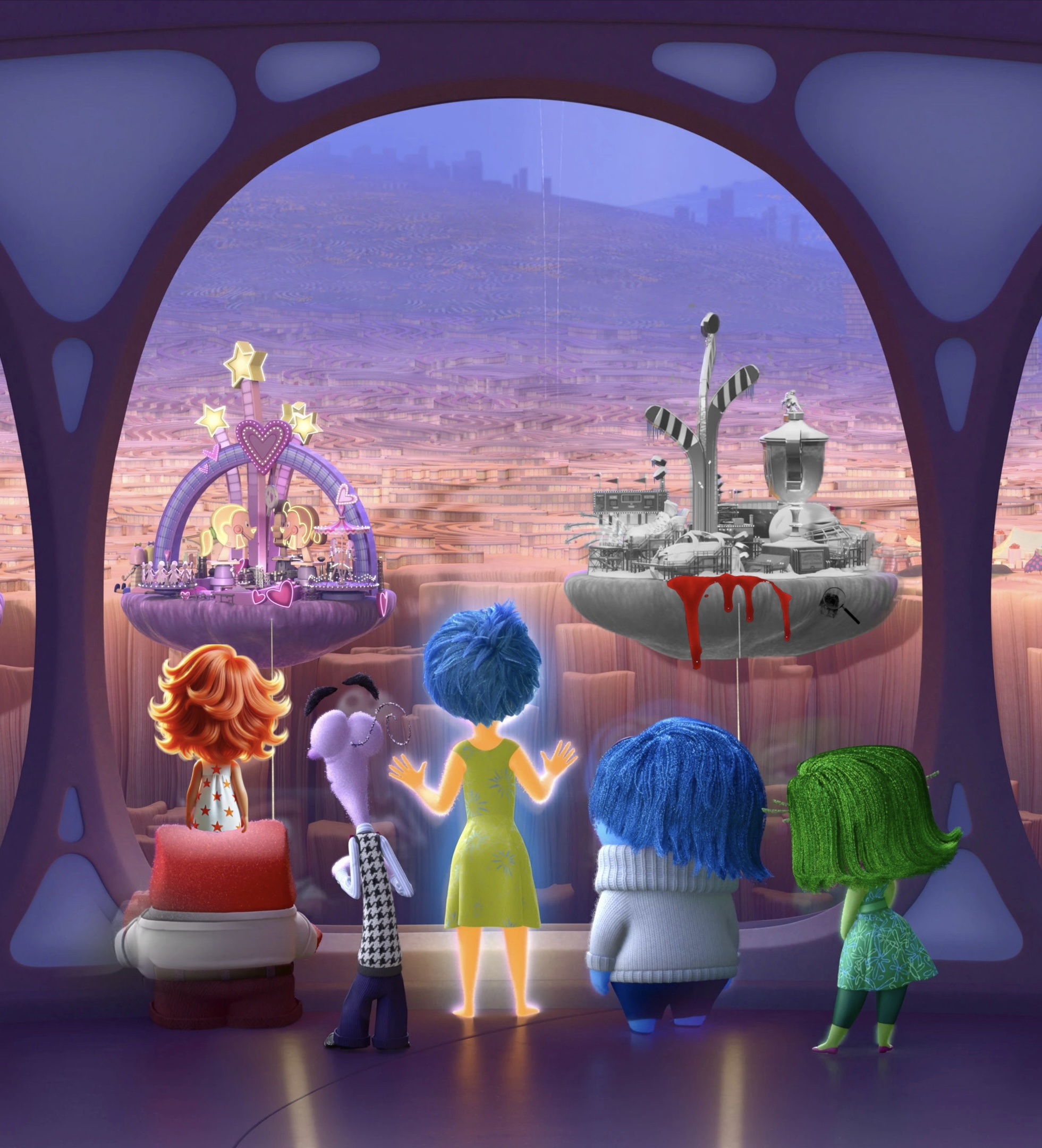
But now let's see if we can find the same type of movies in the emotional profiles of movies based on their reviews.
So once again, let's cluster our movies, and using the silhouette score, we have two clusters emerging.
Interestingly, similar clusters seem to appear once again. But let us confirm our intuition using t-test analysis. Through Pearson’s and Spearman’s correlation, we can see our groups are correlated with a correlation coefficient above 0.95 and a pvalues below 1e-12 for both clusters of genres.
It is interesting to see that we seem to have two types of movies, with emotional profiles reflected in both the plots and the reviews left by the viewers.
Emotion transitions throughout movies
Now that we’ve explored how emotions are distributed across different genres, why not delve further into our analysis. Have you ever felt, while watching a movie, that every genre seems to follow its own pre-defined emotional flow? Oh, those filmmakers, always trying to toy with our emotions, right?
As long as we’re still in the lab, let’s let our expert team take over. Who better than Joy, Sadness, and the rest of the gang to break down these transitions and reveal the emotional blueprints that guide us through every movie? And it’s simple! Our experts divided each film into three parts:
- Beginning : representing the first quarter of the movie
- Middle : encompassing the next two quarters
- End : capturing the final quarter
Ready to share their findings, our expert team rolled out the projector and proudly displayed the results. So, let’s uncover the emotional journey scene by scene and see what they’ve found!
Heatmap

Here, each line corresponds to the probability distribution of the transitions from an emotion. So each row and column correspond to the probability of transitioning to the j-th column knowing that we are in the i-th row. As we can see in the legend, the darker the color is, the higher the probability.
Let’s take some genres examples and see what this weird green square tells us:
Sankey Diagram
Let’s now take a closer look at how emotions transition within the films themselves. We have a stunning Sankey chart, full of vibrant colors!
This analysis reveals how the film industry not only uses emotions to tell stories but also to shape and define genres themselves. Each genre is uniquely distinguished, not just by its overall emotional tone, but by the transitions that weave one feeling into another. From the interplay of joy and sadness in romances to the dominance of fear and surprise in war films, these patterns highlight how emotions give genres their unique identity. Rather than serving as a mere backdrop to the narrative, emotions are wielded as a defining force, shaping genres into powerful tools that influence how we connect with films.
Moreover, the behavior of emotions within genres closely mirrors real life, which these genres are meant to illustrate. Whether it’s the comfort of joy in comedies, the suspenseful fear of thrillers, or the bittersweet sadness of dramas, these emotional dynamics reflect the complexities of human experience. This purposeful orchestration ensures that every genre offers its own distinct emotional rhythm, not only captivating audiences but also resonating with the realities they live, leaving them immersed in unforgettable cinematic experiences.
Emotion evolution and variations throughout a movie
What if we dive deeper into variations of emotions ? Not only their distributions. It could be interesting to see how each emotion proportion increases or decreases throughout a movie, and which ones vary the most. We used two types of plots : a barplot and a scatter plot. The bar plot gives the emotion distribution of each time slot whereas the scatter plot translates the emotion variations between the actual time slot and the previous one.
Let’s look closer at some genres.
Emotion trends over year periods
We’ve spent some time diving into the details and exploring how emotions flow within films, but what if we zoom out for a broader view? Have you ever noticed how every time of year comes with its own emotional vibe? Fear takes over during Halloween, joy sparkles at Christmas, and heartbreak might just steal the show on Valentine’s Day. But do you think the film industry taps into these seasonal moods as part of a calculated marketing strategy? Let’s go back into the Emotion Lab and see how the calendar shapes the emotional journeys we experience on the big screen!"
The month-by-month variation in plot emotions tells a fascinating story about how sentiments evolve with the year periods. Each trend seems indeed synchronized with key moments of the year, reflecting a close link between the film industry and the emotions highlighted during the year in our real life.
These trends clearly show how the film industry adjusts its stories to the different times of year. Each variation is not insignificant: it echoes the moments shared by audiences at different times of the year, confirming that cinema is an emotional mirror, perfectly tuned for each season.

As Anger sat around twiddling his thumbs, feeling a bit useless in the lab’s experiments, he decided to dust off the old chemistry books lying around. Flipping through the pages, an idea struck him, why not add reviews into the mix of ingredients? Comparing the emotional trends between plots and reviews could uncover some fascinating parallels or surprising gaps. So, with a spark of purpose, Anger jumped back into action to see what this new experiment could reveal!
In the reviews, Fear drops over the New Year period, followed by the rise of Disgust in February, mirroring the emotions of the plots. In March, there’s a noticeable rise in joy, linked to the arrival of spring, but from here the differences with the plots then widen. During June and July, joy remains dominant, unlike the plots where more varied emotions take over. Sadness makes its appearance in August and September, probably influenced by the end of summer and the return to routine, while in October, Surprise gains ground with Halloween, as in the plots. At Thanksgiving, Sadness and Surprise mix, before Joy triumphs in December, driven by the festive spirit.
These divergences show that viewers are more likely to express their overall feelings, influenced by the season, the general atmosphere of the movie and the overall cinematic experience, rather than by the intrinsic and complex emotions of the stories.
This graph emphasizes the differences in period-to-period emotional trends between plots and reviews throughout the year. Among all analyzed emotions, only Disgust shows a significant correlation (p = 0.020), indicating consistency between the two sources for this specific emotion. The lack of significance for other emotions reflects divergences in how viewers perceive emotions compared to those expressed in film narratives over the months.
Time for holidays!

You know what could be even more sensational than travelling through time? Taking a trip through time all over the world! For this, our experts mapped each movie to the countries they were released in as well as to its decade and calculated the most dominant emotion grouping by decade and country. So join us for this wonderful adventure!
Emotion map of movie plots
On the following graph, we can explore the most dominant emotion in movie plots across decades and countries.
Ohhh! It looks like the world has been screaming anger, sadness, and disgust…
The United States of America, for instance, starts by having mostly sad movies released until 1950, then it enters into a big spiral of anger.
Even Finland, the world’s happiest country, seems to be stuck between sadness and disgust and only displays joy once.
While hovering over different countries, we observe that Joy and Surprise rarely appear in the map and almost systematically are the last emotion scores for countries. If we make a little historical parallel, we can think of the 20th century as the century of the two world wars, so perhaps this is why violent or sad movies are the ones that have emerged the most. So another time, filmmakers of the time may have leaned into these themes to reflect the collective trauma and struggles, using cinema as both a mirror of harsh reality and a tool to forever etch these defining events into memory. They don’t just reflect the trends of the moment month-by-month, but adapt their stories, themes, and above all, the overarching emotions to translate the upheavals of the times and the defining events of each decade.
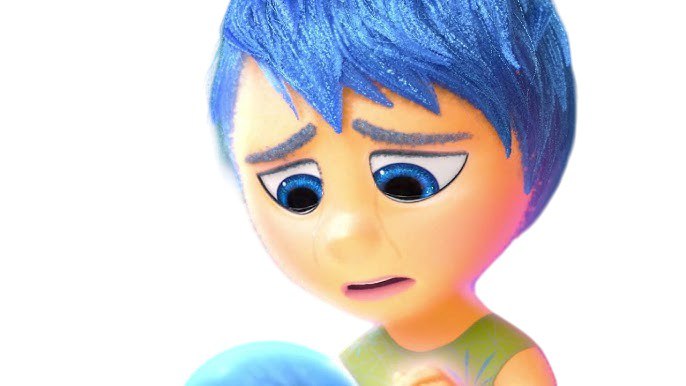
But does this mean that the perception of the world is also as gloomy and pessimistic for the reviewers of these movies?
Let’s find out!
Emotion map of reviews
This time, we’ll map the most dominant emotion of the reviews across decades and countries.
Are you ready for this new adventure? Let’s go!
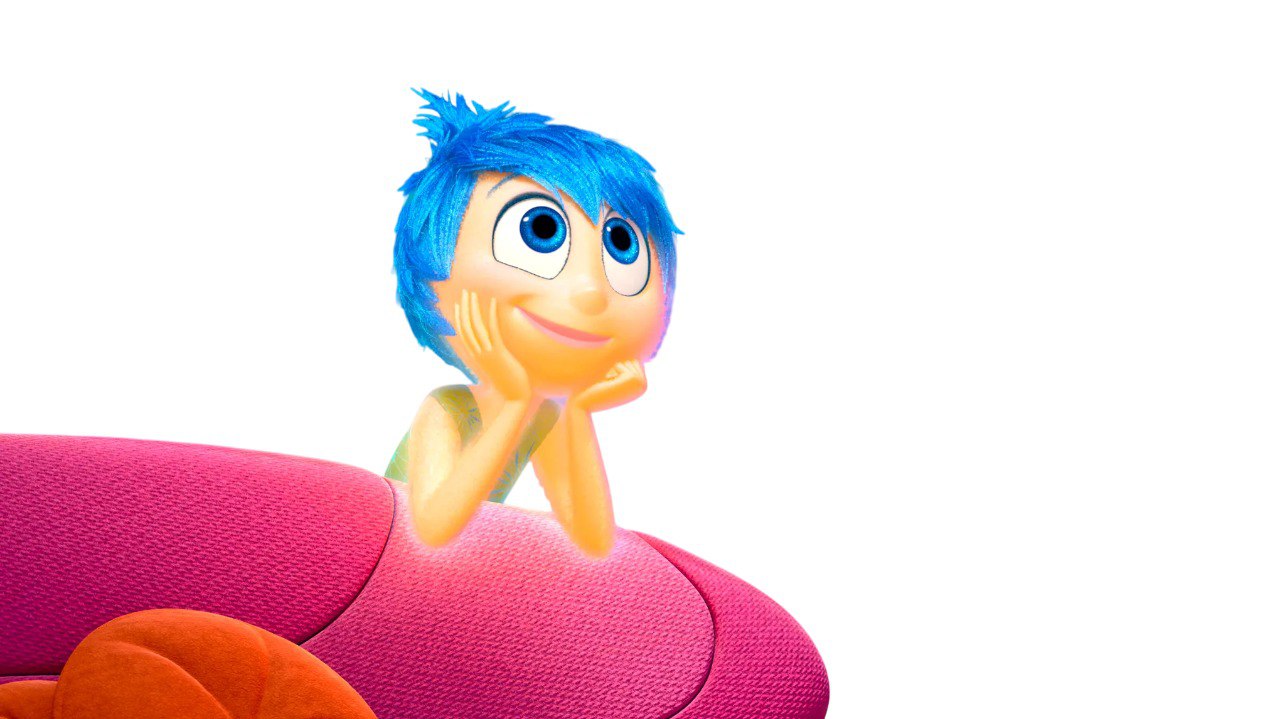
Ah! That’s way better. Look at this beautiful gold color!
We can clearly see that it’s not because a country is more represented by angry, sad, scary, or disgusted movies that the watcher considers it this way.
In 1950, movies across all countries bring joy to the reviewers. And if you scroll through time, you’ll notice something remarkable, reviews around the world are generally filled with joy. Isn’t that fantastic? A universal spark of happiness, transcending borders and eras! But sometimes, emotions like disgust and fear can also dominate reviews in some countries. Take Peru in 1970 or Russia in 2010, for instance, where fear and disgust dominate both plots and reviews.
What does this tell us about the average rating of these movies per country? Is it because the most dominant emotion is joy that the average rating for countries will be high all over the world too? Let’s investigate!
Notice that the bubble’s size is correlated to the number of movies released in the country.
- USA: With over 8,000 movies, it contains more than 60% of our dataset, averaging 6.3 in rating.
- UK and India: Both have a similar average (6.3) despite their smaller movie counts (1,586 and 493, respectively).
- Canada: With 483 movies, also follows the same trend.
Interestingly, the trend in average ratings seems to generally follow the wave of joy's dominance in reviews across all these countries, suggesting that experiencing this emotion after watching a film significantly influences how positively audiences evaluate it.
But despite this overall trend, there are some notable exceptions like Zambia and Zimbabwe in which the movies are rated poorly but still show joy as the dominant emotion in reviews. This might be due to the lack of advanced cinematic infrastructure or resources in these regions, making it challenging to fully entertain and satisfy the audience.
Ratings per reviews emotion
Let’s analyze this deeper by plotting statistics on the ratings per dominant emotion across all movies.
Oh, and remember the emotion transition graph we looked at earlier? It showed how emotions evolve from the beginning to the middle and then to the end. Joy, while nearly absent in the middle, makes a non-negligible comeback in the final act, maybe another marketing strategy to ensure audiences leave the theater on a better feeling and thus let out a better rate.
Emotions per rating
And now let's analyze the other way around! On the following graphs we can explore the emotion distribution of movie's plots and reviews accross different average movie rating bins.
And now click on your favorite emotion! You will see more into details the best or the worst rate a film has if its plot or its reviews represent this emotion.
Conclusion
We have shown how the movie industry masterfully leverages emotions, not only to tell stories but to define and reshape genres themselves. Each emotion, brought to life by our experts Joy, Sadness, Fear, Anger, Disgust and Surprise, plays a distinct role in crafting unforgettable cinematic experiences. Each genre finds its unique identity through a deliberate orchestration of emotions, whether the comforting joy of comedies, the gripping fear of thrillers or the poignant sadness of dramas. Joy lights up the screen in romances and musicals, Fear dominates the suspenseful twist of thrillers. Sadness quietly thrives in dramas, Anger fuels the energy and intensity of actions and crime narratives, Disgust unsettles viewers in experimental and horror movies and Surprise keeps audiences on the edge of their seats in science fiction and adventures. Our emotional experts weave intricate transitions, transforming genres into emotional symphonies that captivate audiences and resonate deeply with their personal experiences. It reveals how filmmakers strategically craft emotional journeys to leave lasting impressions on us. This design ensures that our experts not only enrich the storytelling, but also create some unforgettable cinematic experiences and leave audiences immersed in the magic of the silver screen!
Play time!
The core of our analysis may be wrapped up, but the fun is far from over! Think of this as the post-credits scene, a chance to explore some lighter, unexpected insights and entertaining discoveries. Sit back and enjoy as we dive into these bonus highlights and surprising experiments!
Shining the spotlight: Actors
Actors are the heart and soul of every movie. And yet, we haven’t talked about them. Let’s delve into our dataset and uncover what the profiles of these cinematic storytellers reveal. We used the Principal Component Analysis algorithm to display our actors according to the mean emotions of the movies they played in, computed on the plots and the reviews, respectively.
It is interesting to see that during the dimensionality reduction all the different emotions are somewhat clearly separated clusters except for the joy and sadness. It seems that the mean emotional profile type of actor with joy or sadness as dominant emotion is intertwined.
Wow! A slice of pizza! 😋 As we saw previously, joy is the most dominant emotion across all the reviews emotions. As we can see, this is also reflected here. This time, actors associated with anger and surprise are mixed with the others emotions. This can be explained by their number, which is unimportant compared to other emotions. The PCA algorithm then gives less importance to this particular axis for dimensionality reduction.
Actor emotional profile selector
Let's see in more details the emotional profiles of our main actors. We comprised, in the following plot, the top 100 actors in terms of the number of movies played in our data set.
So, now the question that you may have on your lips. Who are those that make us feel the most emotional?
Recommender System
Our journey may have come to an end, but we’re sure you’re not tired of us yet! Here’s a fun little recommender for you to explore and enjoy more movies.
References
- Some images on this website have been generated by DALL·E.
- The images on the actor emotional profile selector are taken from the corresponding Wikipedia page.
- The movie posters on the recommender system was taken from the TMDB API.
- The word clouds graphs have been generated in Python using the wordcloud library.
- All the other graphs have been generated in Python using the Plotly library.
- Some illustrating images came from the movie Inside Out and have been downloaded from Internet.
